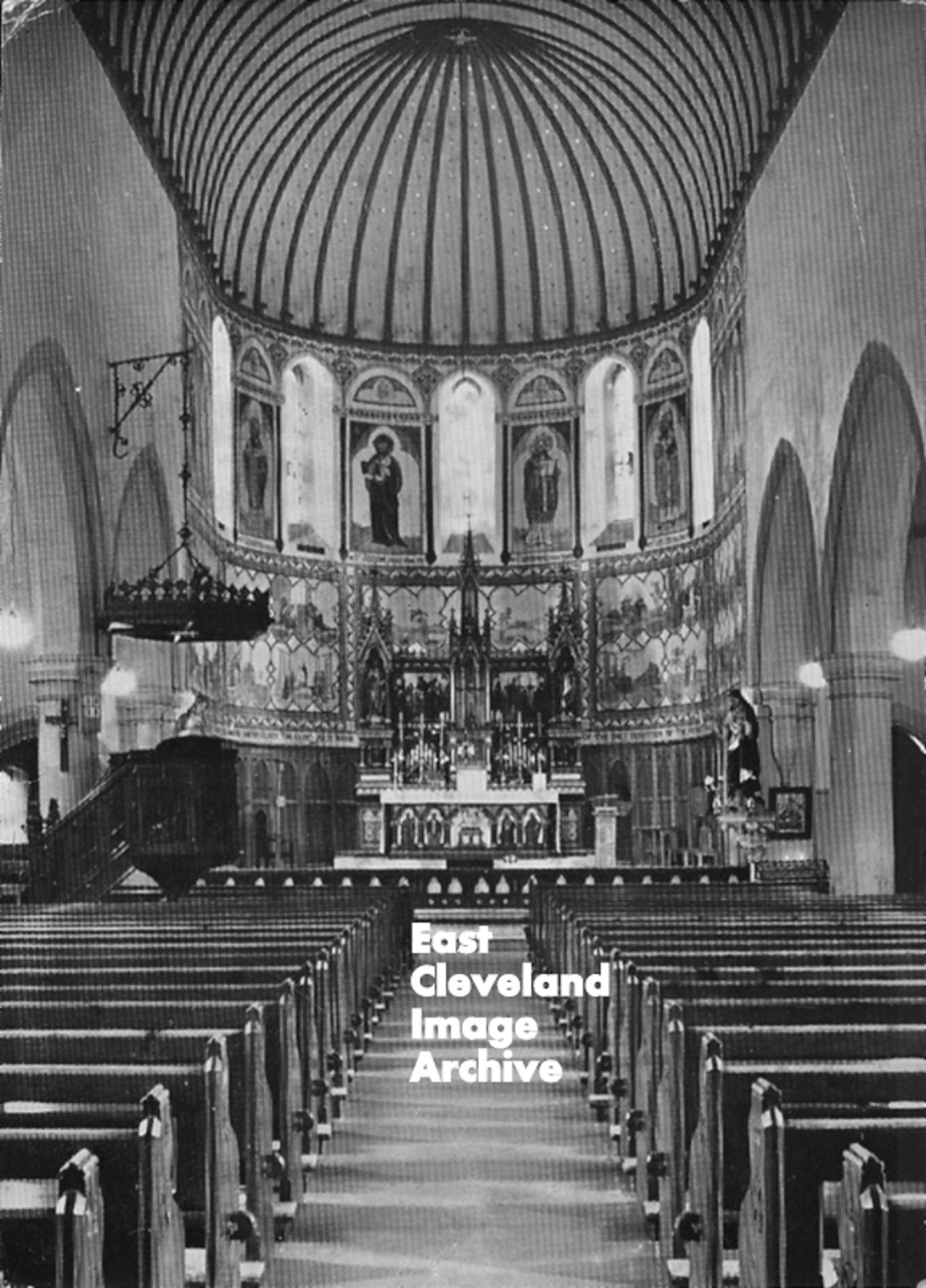
An inspiring view of the interior of St Hedda’s Church at Egton Bridge. From a postcard produced by H & F Stokeld Printers of Middlesbrough probably from the 1930s.
Image courtesy of Owen Rooks.
|
|
||
 An inspiring view of the interior of St Hedda’s Church at Egton Bridge. From a postcard produced by H & F Stokeld Printers of Middlesbrough probably from the 1930s. 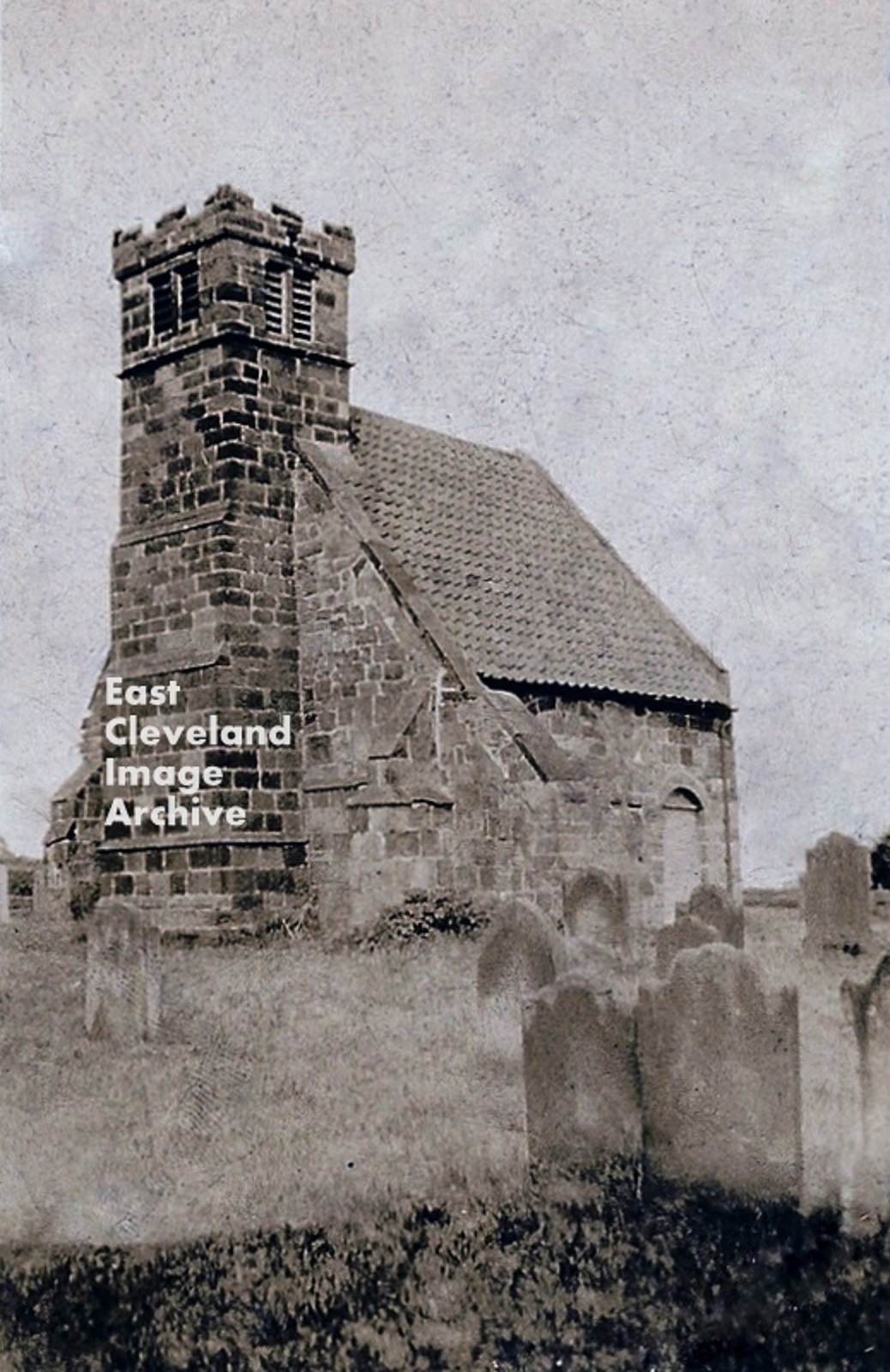 A photograph view of Upleatham Church – possibly the most ”snapped” small church in England? – dating from about 1920. 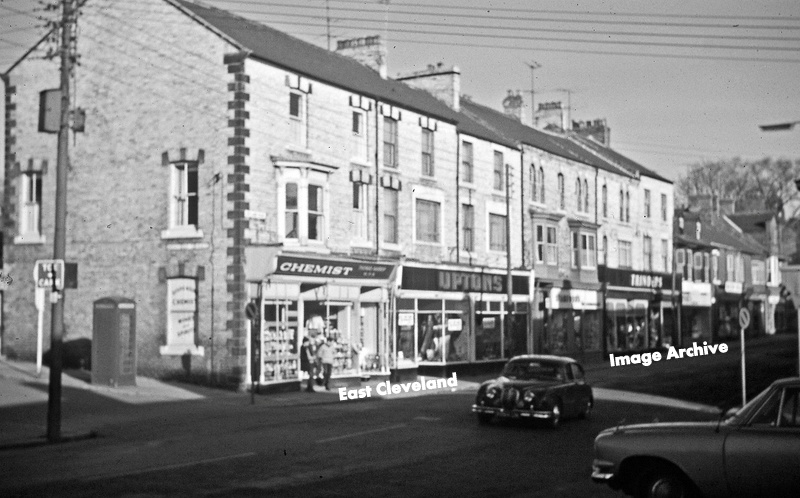 A quieter view of the Zetland Road and Westfield Terrace corner, taken before the traffic lights were installed. Also the various shops which then graced the end of Zetland Road. Much changed today, although the chemists remains with a much less imposing frontage. Ben Willis comments: “I am Grandson of Ruby Middleton (formally Trinder) who inherited “Trinders” (centre shop in photograph) from her father John Trinder. Did you know that one of Trinders curved entrance windows (as you can see in the photo) was one of a very few windows to survive World War II bombs in Loftus. The window remained intact until Coral the bookmakers bought the shop about 10 years ago, which they demolished and replaced with the modern bookmakers shop window… Sad.” Whilst Julie Riddiough adds: “Oh my god at last a photograph of Trinders shop, I have been searching for one for years. It was my great great great grandads shop originally. His daughter Kate was my great great grandmother. We have never been able to find a picture of the shop, I was due to go see Ruby a few years ago whilst doing the family tree, but she wasn’t well enough. My nana still has a china cabinet from Trinders shop that they were allowed to pick as a wedding present.” Image courtesy of Ray Brown, thanks to Ben Willis and Julie Riddiough for the updates. 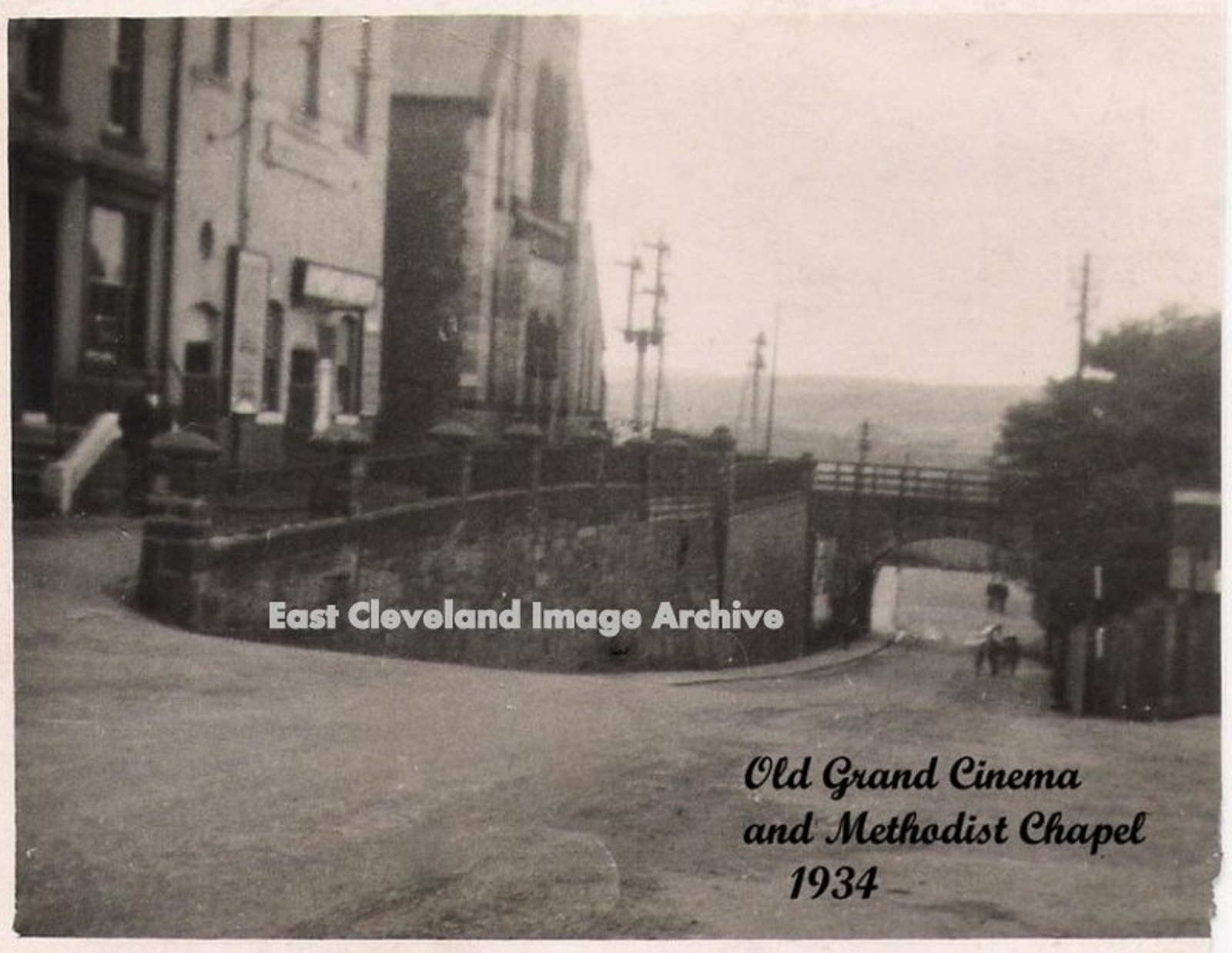
The title on this postcard view of Brotton High Street tells it all. Both the cinema and chapel long gone (their absence marked by an extensive parking area), although the public house ‘The Railway Arms’ (steps in left corner) still remains open today. Larraine Goldby comments: “I well Remember attending the Methodist Chapel during the fifties! Good memories I lived in Brotton on coach Road from 1953 until my marriage in 1961.” Image courtesy of Julie Riddiough, thanks to Larraine Goldby for that memory. 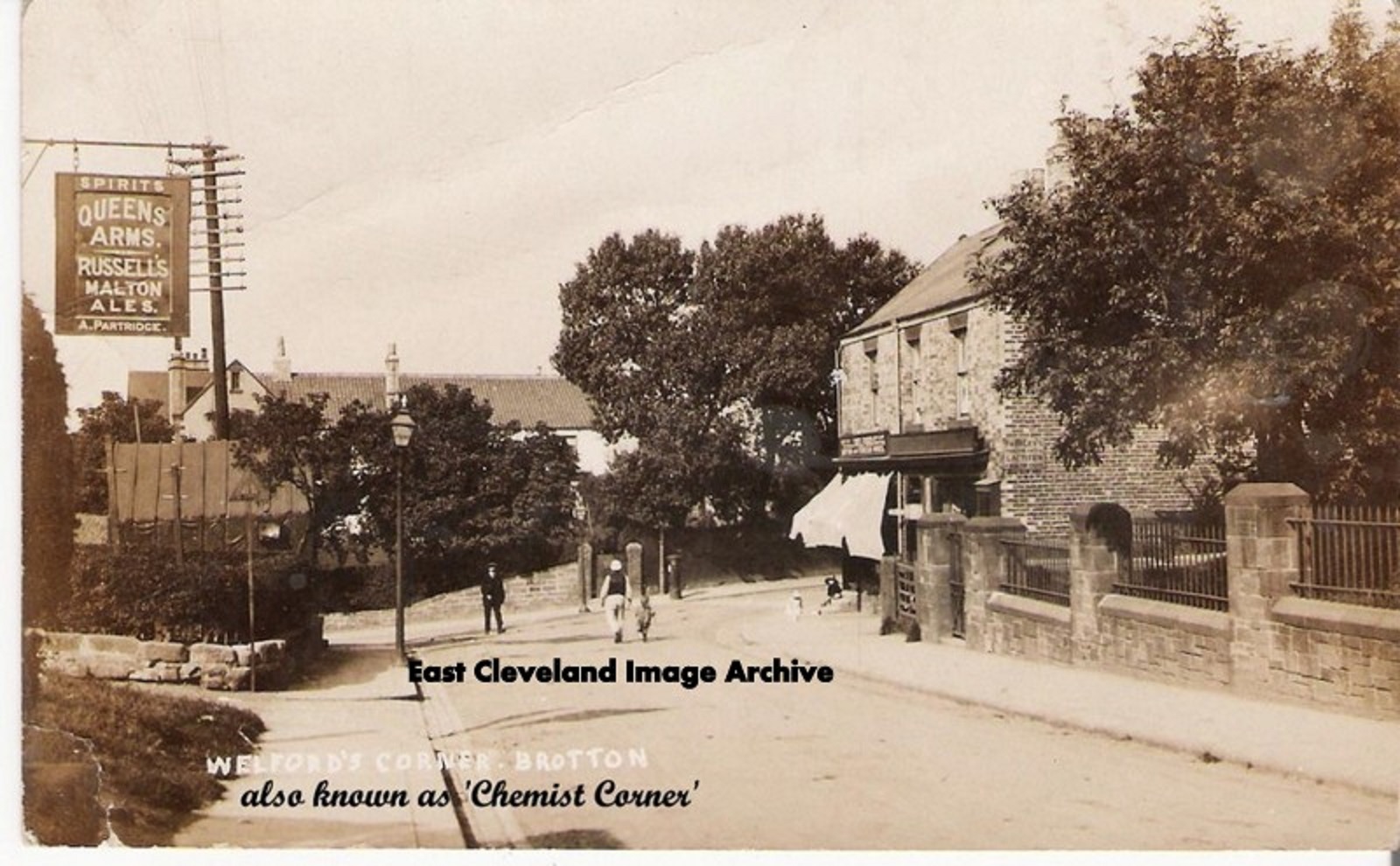 Chemist Corner as the title also tells us is now the location of an estate agents, as well as a photographic shop. Originally known as “Welford’s Corner” this view also includes the original sign for the Queen’s Arms (Blood Tub to locals). This postcard view in more quieter days, possibly before the War Memorial was erected, the space seems to be occupied by a building. We asked if anybody could assist the function was of this building. Julie Riddiough tells us: ”It was the Kingdom Hall, a little shed type building where the Jehovah’s Witnesses would meet, there was also a shoemakers (or cordwainers as they called themselves then) behind it. Im not sure if its there now but up until about 2 years ago the shed it’s self, all dismantled was actually still there in pieces propped against a wall.” Malcolm Moore tells us: ”I remember at the beginning of the war being marched down from the school to Kingdom Hall to be issued with our gas masks. All very exciting!” Image courtesy of Julie Riddiough also many thanks to Julie and Malcolm Moore for the updates. 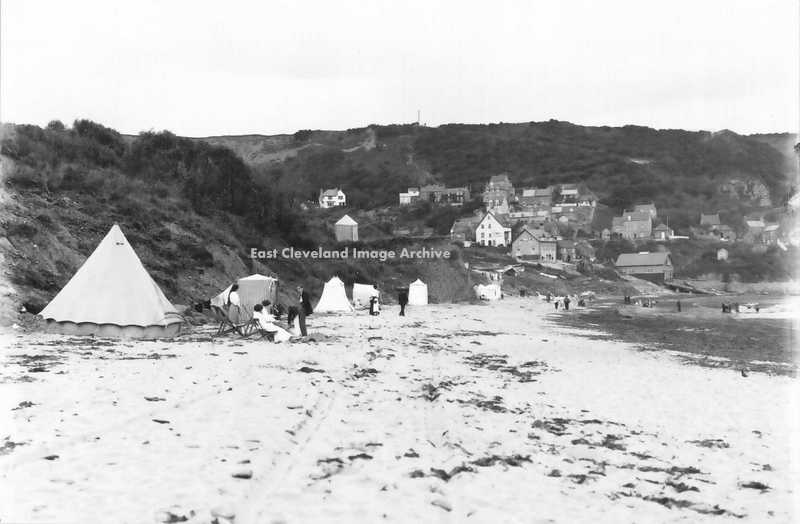 Runswick Bay Beach, in Edwardian times. With a variety of tents for ladies to change their beach wear in modesty. The larger seaside resorts had wheeled bathing huts which entered the sea, probably the difficulties of accessing the beach at Runswick led to this innovative method of ensuring the ladies privacy. Image courtesy of Maurice Grayson. 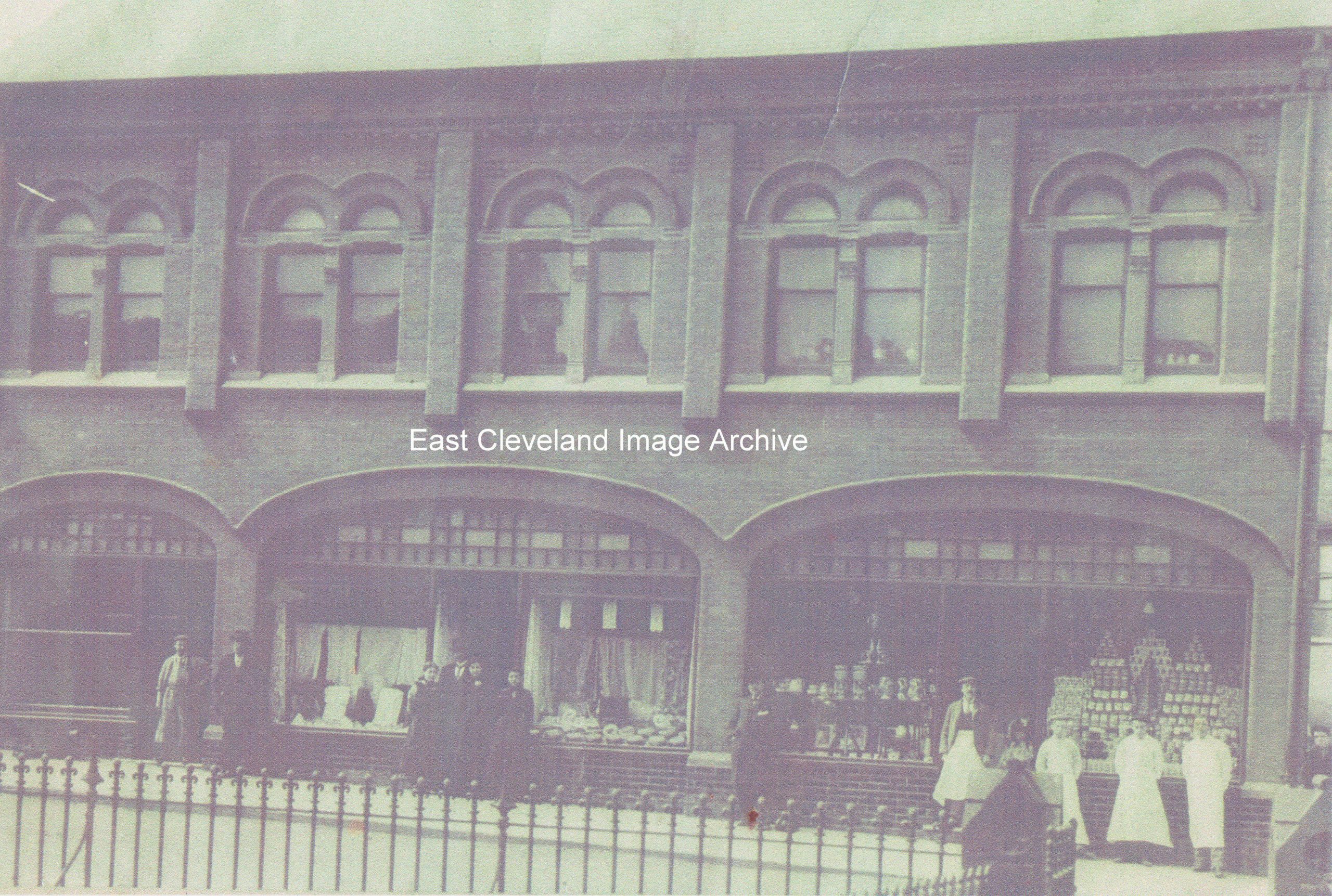 A view of the former Co-op shop in Skinningrove, viewed from the entrance to Timms Coffee House. Such an imposing building in its heyday! From the days of long white aprons and the long wooden counters. Remember the ”dividend”, I can still remember mother’s number from 50 years ago! John Sarginson advises: “My grandfather opened this shop as it’s first manager. I have memories of what my mother told me of her time here around the time of World War 1.” Image courtesy of Joan Jemson; thanks to John Sarginson for the update. 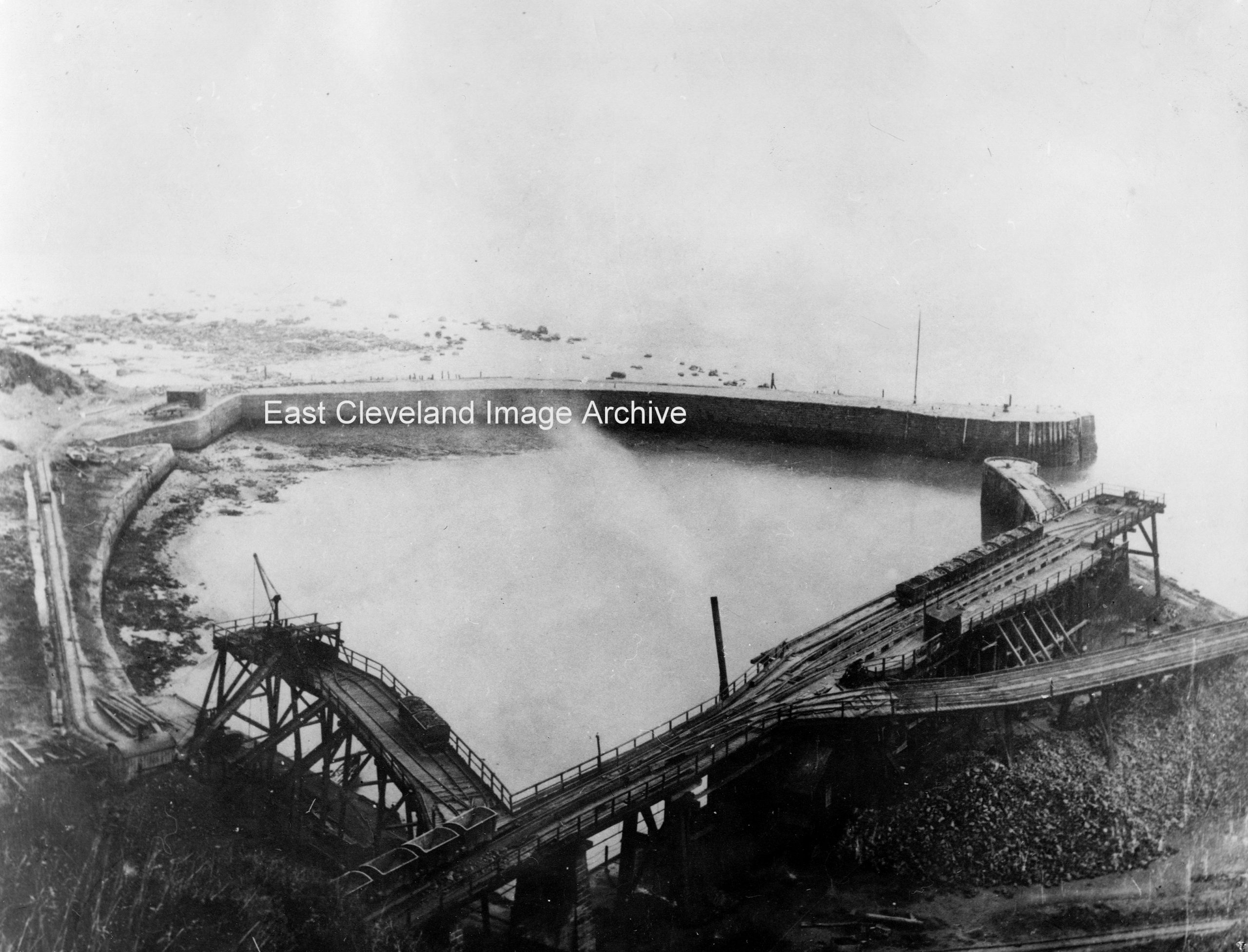 A lovely photograph of Port Mulgrave’s docks; when it actually was a port, built around 1856-57, it was a very busy place serving the surrounding mines. This shows the harbour prior to World War II, the disintegrating remains of Palmers ironstone loading staithes clearly visible; the seaward pier was blown up during the war. 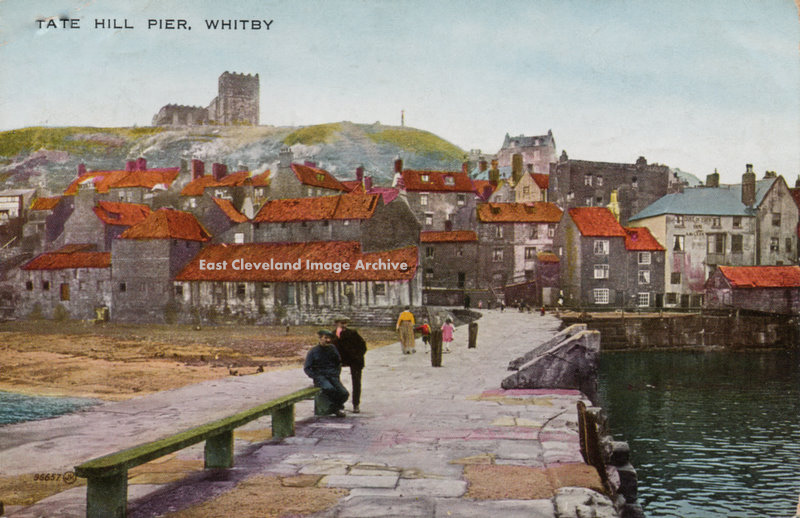 1926 is the date we have for this coloured postcard of Tate Hill Pier, the Lifeboat Station now occupies the right hand landward end of the pier, with the Duke of York Inn behind. At the top left is Henrietta Postcard courtesy Ken Johnson, thanks to David Richardson for the update. 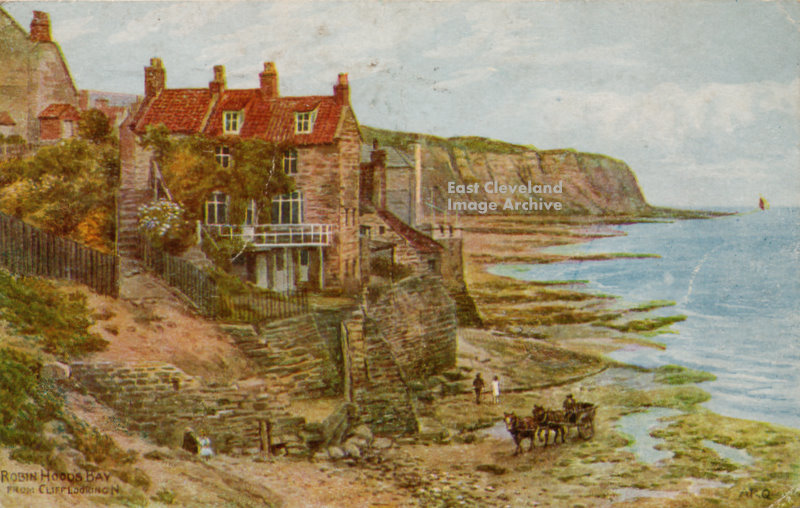 Robin Hoods Bay, Looking towards the landing slipway. Coloured postcard or painting, hard to say? The horses and cart suggest an early date, Possibly collecting kelp, as no fishing cobles are evident; date of card posting is 1947. Image courtesy Ken Johnson. |
||
Recent Comments